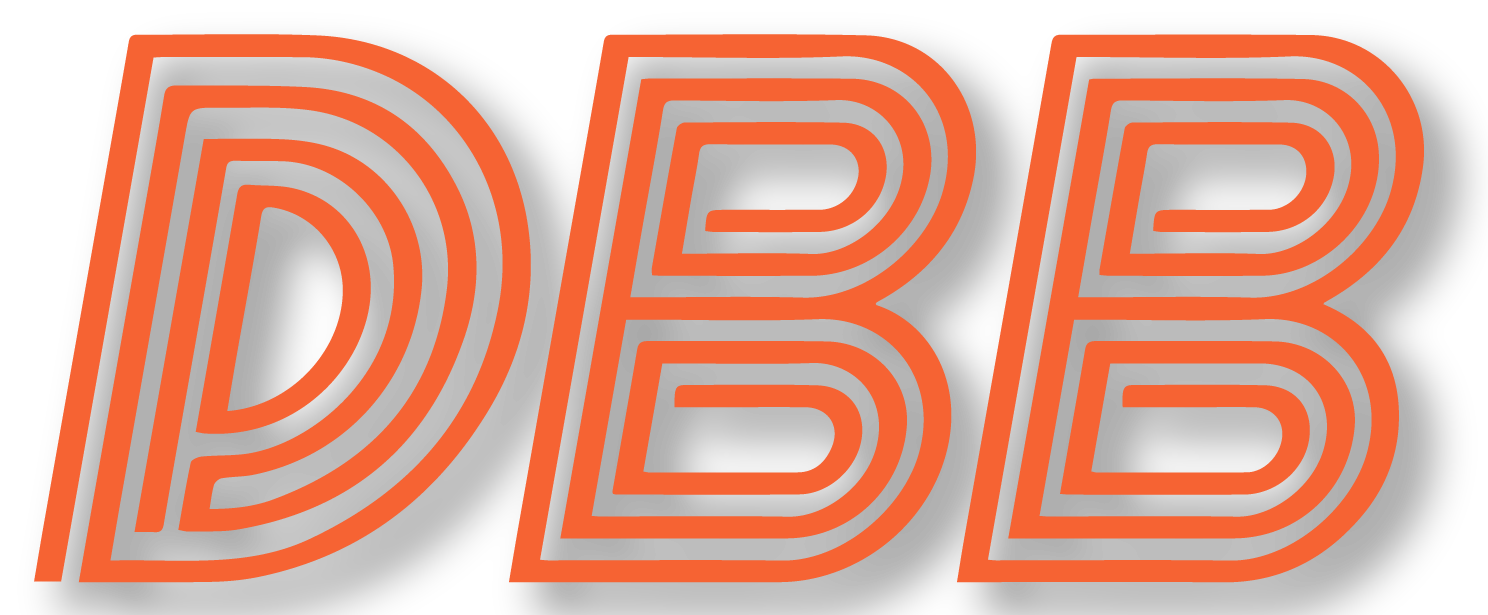
Yet again in 2020, we see that the Bears have one of the best defenses in the NF,L coupled with one of the worst offenses. This combines to give them a team that is not good enough. It’s Groundhog Day all over again, a continuation of 2018-19, all of the Lovie years, and the 1980s after Jim McMahon got hurt.
Normally I’d use the bye week to do an in-depth look at the numbers for Chicago’s offense and defense, but honestly I don’t see the point. Their defense is really good, their offense is really bad, and you don’t need advanced stats to tell you more than that. I’m sure I’ll still do some of that analysis in the offseason but for right now I want to focus on a bigger question: WHY is the defense so much better than their offense?
The answer here is really not that surprising: the Bears are investing more in the defense. The table below shows how much money they have invested in the defense compared to the offense, as measured in 3 ways:
- 2020 cap dollars. How much current money is being spent.
- Average yearly salary. This accounts for the fact that contracts don’t have even distribution of cap hits every year. For instance, Robert Quinn has an average salary of $14M per year in his contract, but only has a 2020 cap hit of $6M. This will give a better picture of true spending.
- % of salary. This looks at how much of your total spending is focused on one side of the ball, based on the average annual salary of players. It’s a good measure of how lopsided your investment is on offense vs. defense.
The table below shows the Bears’ values for offense and defense in each category, as well as the NFL average and where the Bears rank. All data is from Spotrac.
A few thoughts:











